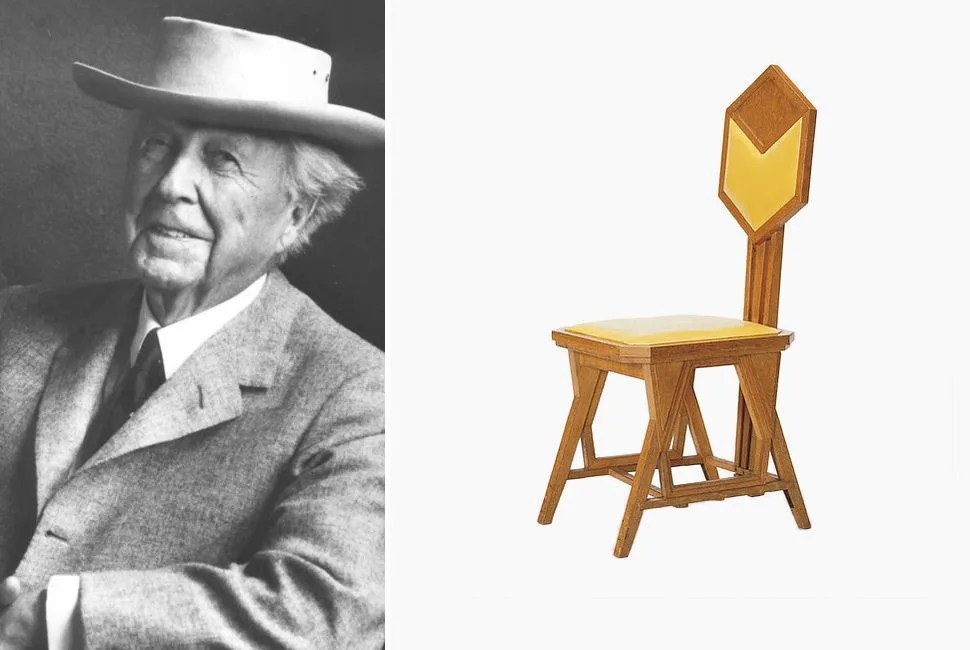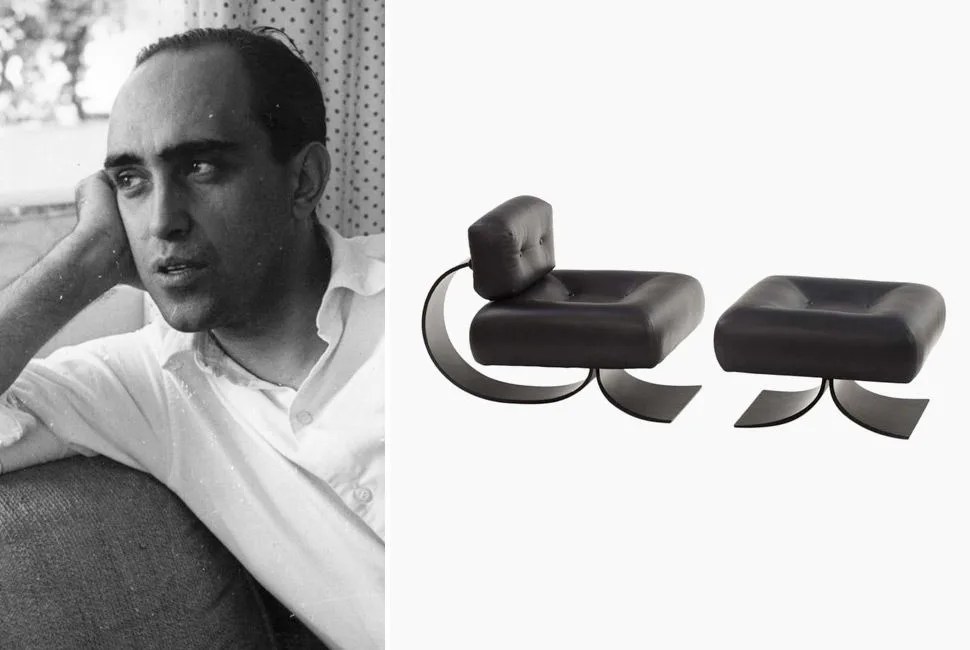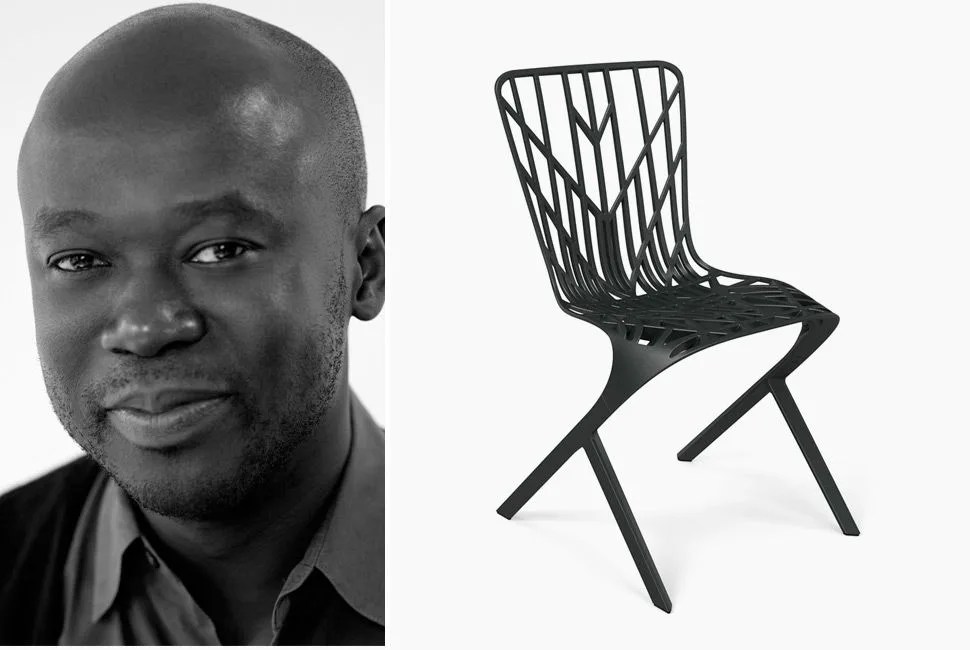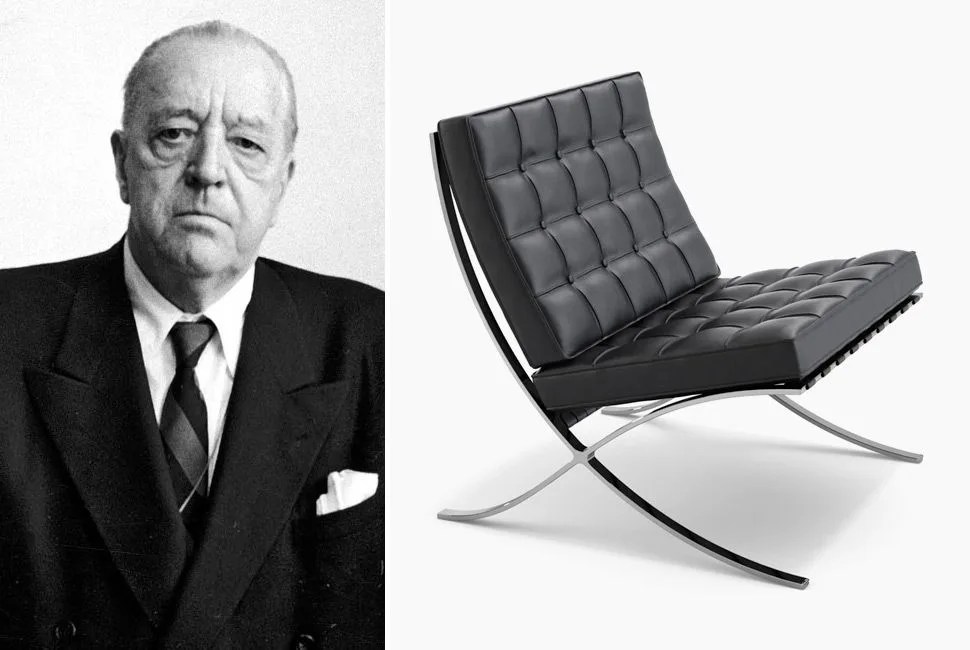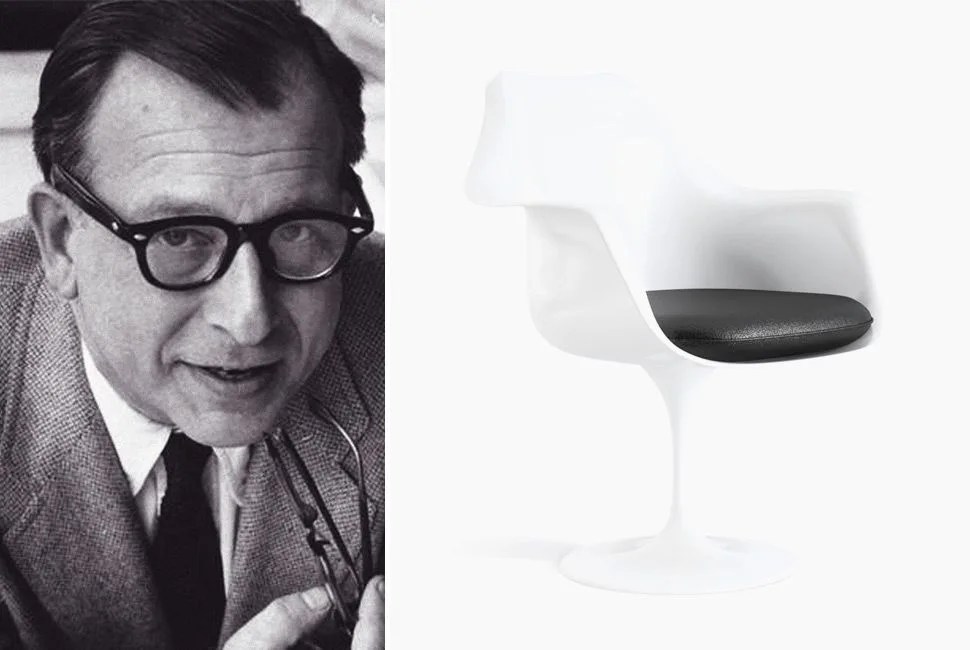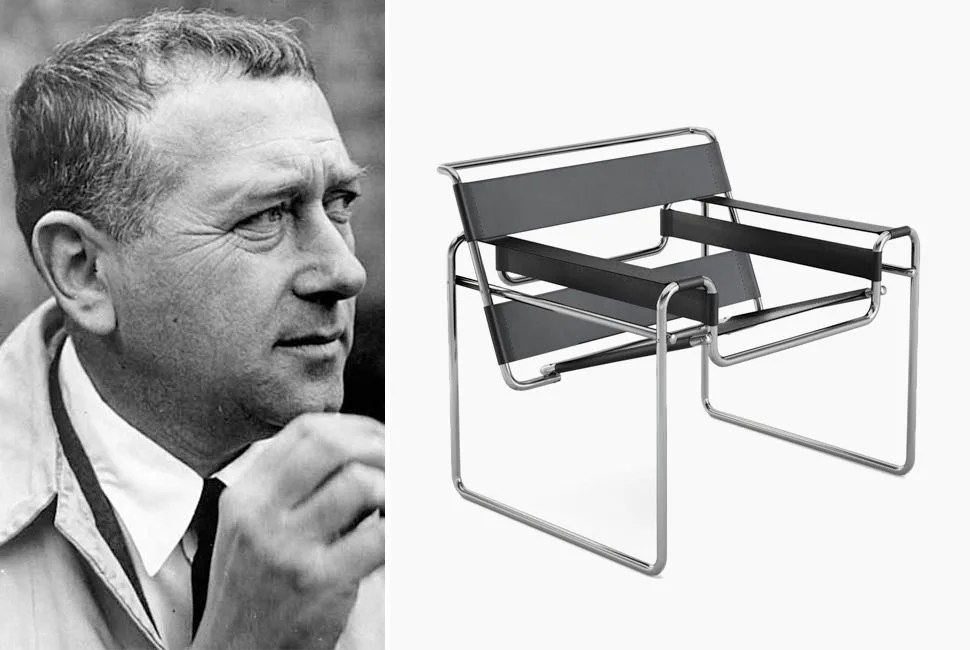If you’re a design geek or an architecture enthusiast, you likely dream of living in works by Frank Lloyd Wright, Charles and Ray Eames, or Marcel Breuer. While this is possible, it isn’t exactly plausible. Houses designed by the greats often sell for around $1 million and can go as high as $7 million. The good thing is, you can own a piece of architecture history, designed by the greats, at a lower and more manageable price point. Many architects doubled as furniture designers and crafted some of the most famous chairs in history, occupying museums and celebrity homes across the globe. These are a few of the best, that are readily available for purchase.
Charles and Ray Eames
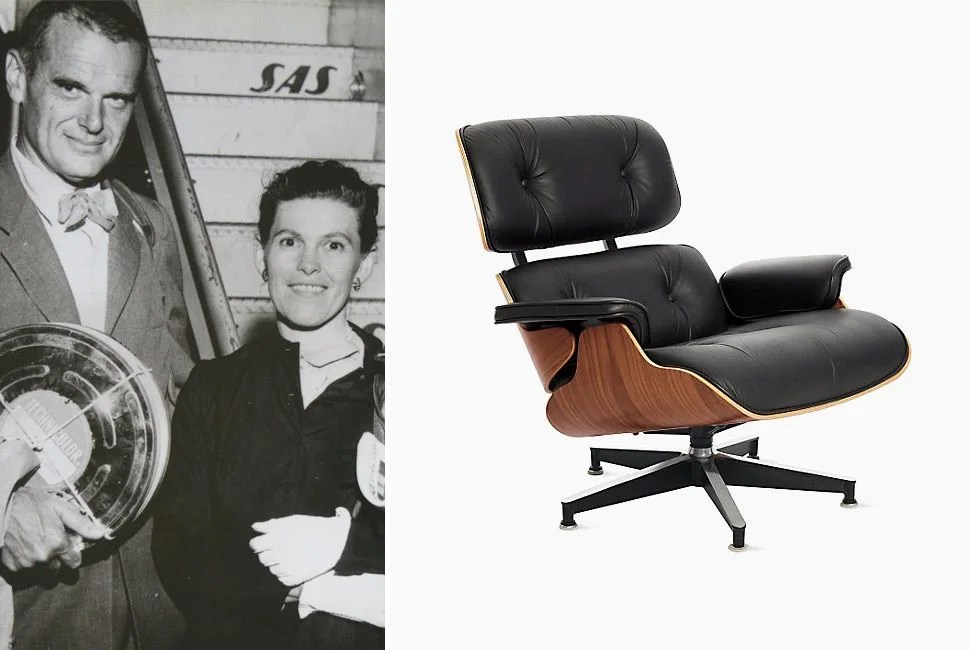
Selected Works: Eames House, St. Mary’s Church, Entenza House
Charles and Ray Eames were a husband-and-wife design duo that worked mostly during the mid-twentieth century, with their most famous work being the Eames House in Pacific Palisades, California. The Eames duo is also well known for their industrial design, graphic design and filmmaking. They designed many different furniture pieces over their lifetimes and also developed different furniture-building techniques, such as manufacturing fiberglass furniture, plastic resin chairs and wire mesh chairs.
Eames Lounge Chair: The Eames Lounge Chair and Ottoman were created in 1956. The original versions of the chair were crafted from five thin layers of plywood which were then covered by a veneer of Brazilian rosewood. Examples of the chair are part of the permanent collection at the New York Museum of Modern Art.

